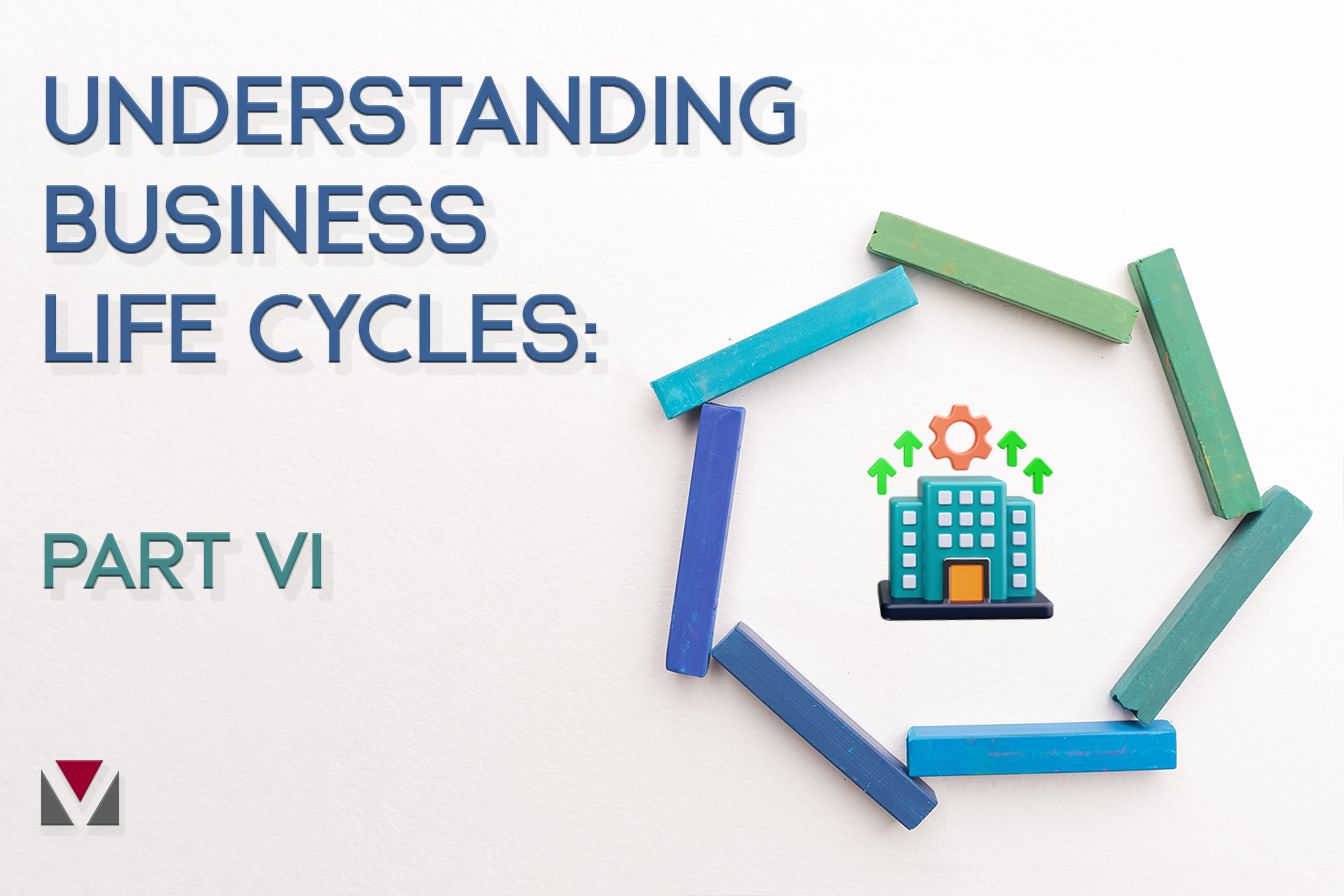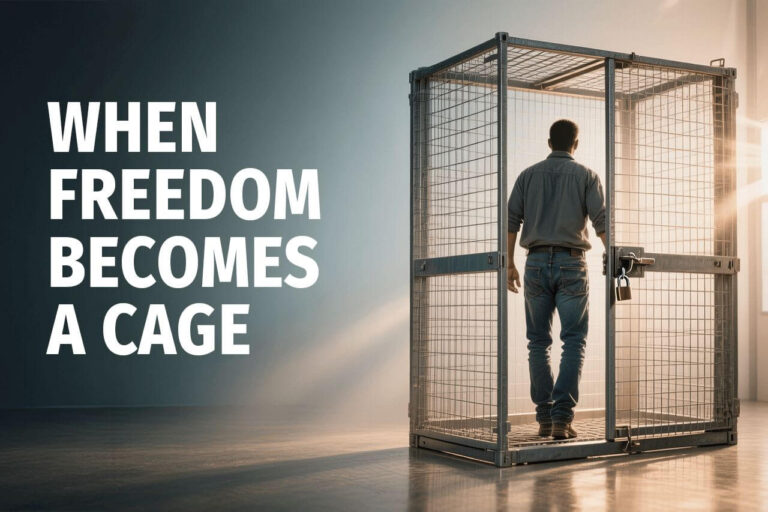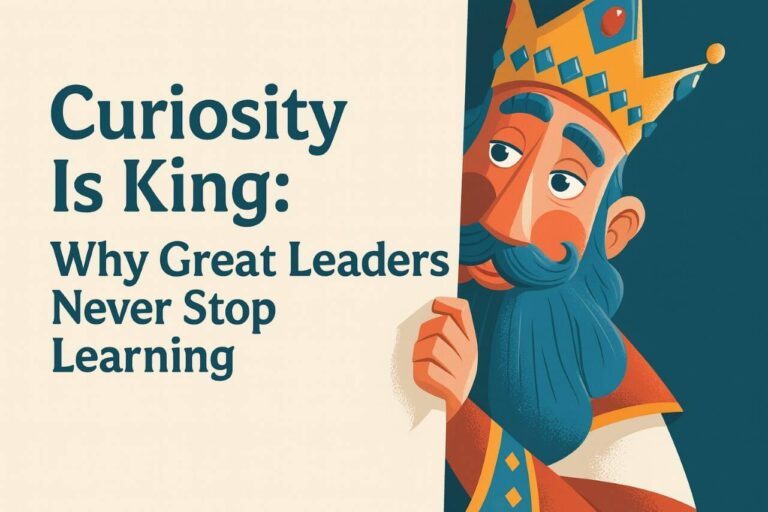LIFE CYCLES, Part VI
The loss of control a business owner can feel as their company grows is experienced on a deeper level by many. No longer are they making all the decisions. No longer are they considered the chief problem solver or the smartest guy in the room. This is a difficult transition for many owners who have built their identities around some of these roles and now struggle to move beyond them.
To borrow a page from comedian Jeff Foxworthy’s “You might be a redneck if…” routine, business owners know their company has entered the “We” phase when…
- People are performing jobs in the company that they have little idea how to do.
- Their guts feel the same way they did when, as a child, they were riding their bike down a hill faster than they ever rode before.
- They have more “to-dos” on their schedule than they have time to complete and important decisions are being delayed as a result.
- They realize the key people in their company look to them for leadership and direction before friendship and beers on Friday nights.
- They find themselves doing work and making decisions they never dreamed they would and for which they have little training—formal or informal.
- They know they’re the CEO of their company and that they need to be doing different things than they did before, but they’re not sure what those things are.
Any of these can cause alarm and bruise an owner’s ego. It’s tough if they’ve been the one calling the shots and answering everyone’s questions, only to realize they no longer have all the answers and some of their people are doing work that the owner themselves has no idea how to do.
It’s also common at this time for many owners to experience the feeling of being out of control if business decisions, the company’s money, and the company in general is moving much faster than they’re accustomed to.
Fortunately, the upside to making the transition to the “We” phase is significant and motivates many to trudge forward with growth. This is typically a time when an owner decides to reach for the brass ring. They recruit and huddle up with their management team in an effort to build something of significance, beat their competition, and provide opportunities for the people they employ.
While there are significant risks involved in scaling a business through the “We” phase, this is also a time when significant wealth can be generated for the business owner and their stakeholders. In many cases this is also when owners come into “their own” as business leaders. Where they refine their emotional intelligence skills and business acumen that enable them to surround themselves with a team that drives continued growth in the business and professional growth within themselves.
As mentioned in Part III, the dynamics of the VMA growth model (Executive, People, and Business) are rarely in balance, but in the “We” phase there’s now a competent team in place to lend a hand in finding harmony among them.



